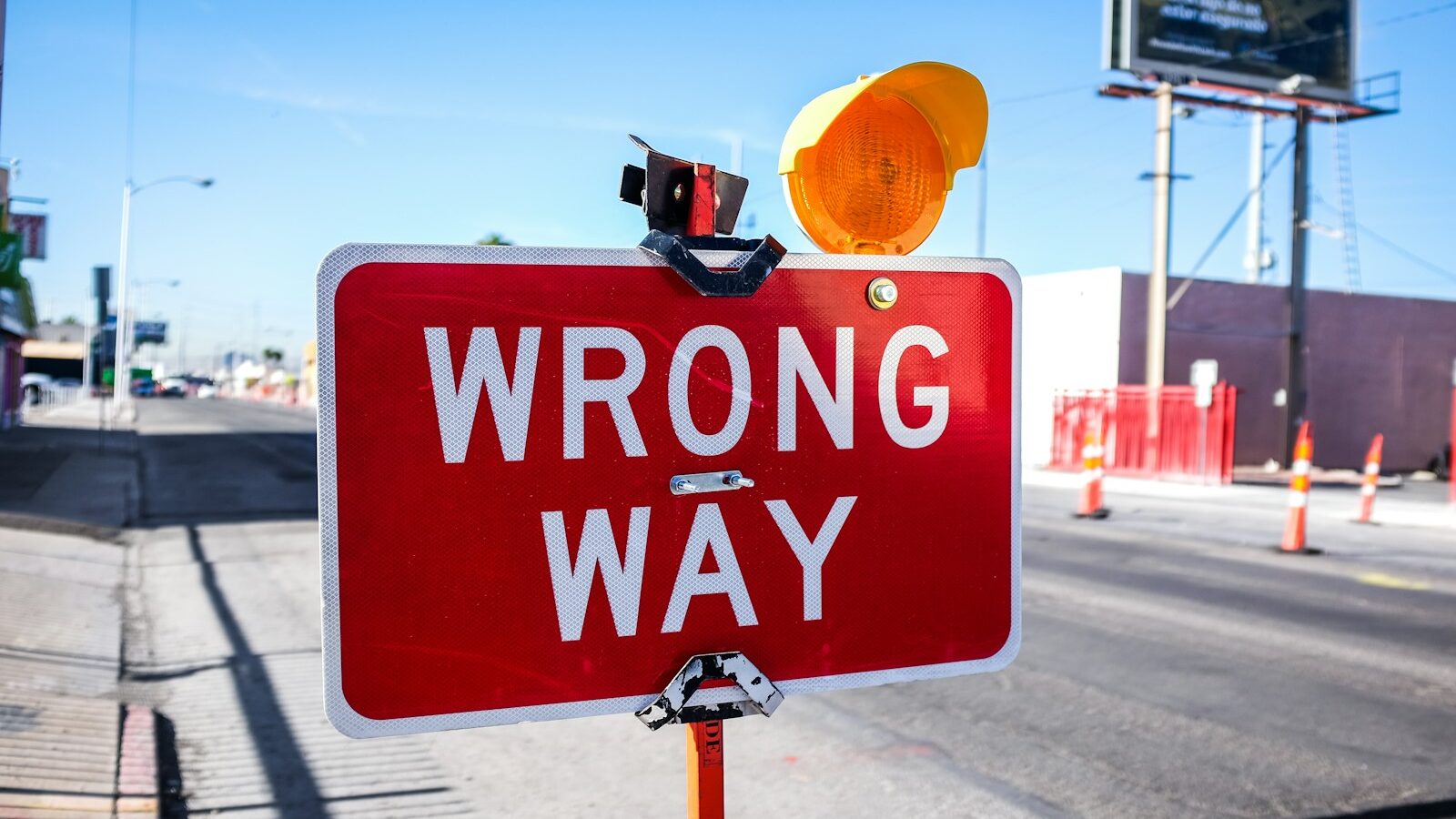 How important is a uniform to help engage and unify a workforce? Dan Murray explores the importance of embedding brand concepts in a staff uniform and keeping them involved with the design process.
How important is a uniform to help engage and unify a workforce? Dan Murray explores the importance of embedding brand concepts in a staff uniform and keeping them involved with the design process.
McDonalds’ new uniform designed by Bruce Oldfield and unveiled earlier this year highlights the investment that employers are prepared to make in ensuring they get their corporate clothing right.
Caring about what your people wear is not a new phenomenon. Back in the 1960s, Christian Dior designed uniforms for Air France, while others whose work has been seen in mid-air have included Valentino, Calvin Klein, Mary Quant and Pierre Cardin – who, incidentally, also designed uniforms for Parisian road sweepers.
Whether it’s an airline or any other type of organisation, the key to a good staff uniform is understanding the business and the brand of that business and what it is trying to achieve.
A bad uniform has a negative impact on staff morale. If someone feels bad in what they are forced to wear, they’re going to feel that they’re not respected by their employer and that’s going to knock their confidence and impact the way they handle difficult situations like dealing with an awkward customer or passenger.
If staff feel that real thought has been invested in their uniform, that they’re associated with a quality brand – that they’re “worth it” – the chances are that this attitude will rub off in other areas of their work.
Looking good, feeling great
So what does creating a good uniform entail? In our experience, getting HR involved in the earliest stages is vital. A new uniform is a highly emotive subject and one that can elicit some strong opinions. As a conduit to and from end-users, HR can provide important feedback right at the beginning of the process. So straight away you can take on board some of the ideas from the various stakeholders within the business.
By getting HR involved you are also ticking one of the key boxes – that people feel they are involved in the process, rather than having a uniform thrust upon them. It’s vital that if your people represent your brand that their views should be taken on board.
When working with Ian Tuner, cabin operations manager at airline bmibaby, involving staff in the earliest stages and listening to what they had to say was critical to the successful roll out of their uniform. Keeping this communication channel open for the duration of the contract has meant ongoing feedback from staff can be taken into account and the range can be evolved.
For an airline, a uniform is not just about the message it is trying to portray to the customer. It is about giving staff – particularly cabin crew – the right tools to do their job. So while they are ambassadors of the bmi brand, they need to project a sense of authority whilst maintaining a friendly connection with customers.
So engaging staff in the process is fundamental for any organisation that sees its uniform as an extension of the brand and its brand as the people who work for it. This obviously impacts the procurement process, because just going for the cheapest option via a procurement auction isn’t going to give you a chance to engage with the key stakeholders and so isn’t likely to result in a happy outcome.
How do we go about creating this engagement? As a starting point, we prefer to establish a steering group across divisions with management involvement as well as HR, marketing, procurement etc. This gives us an initial direction and a definition of what we want to achieve.
Other factors to consider
If the organisation already has a uniform, a questionnaire exploring what worked, what didn’t and what staff would like to see from the new uniform is a hugely valuable exercise, out of which we can come up with some initial design proposals.
It’s worth mentioning here that a uniform is often a whole wardrobe of garments. Different wearer groups will have different needs, both across job roles and across different demographics.
Take the division of National Express, another client of ours, for example. There are different uniform rules in different rail franchises. A train driver’s uniform must be different from platform staff and health and safety regulations need to be taken into account.
Cultural and environmental issues also come into play. We have recently created uniforms for two Principal Hayley Hotels in Barcelona and Paris, which meant doing sizing exercises in both countries as well as understanding the styling and climatic differences that exist between France and Spain.
So it is important that you have focus groups along the way which reflect differences in age, sex and job role and which challenge the end user as much as they challenge us. And with every company, there will be something that comes from speaking to end users.
When we’re creating uniform, we also need to remember that it’s not just the look of the garment that it important, but rather how it will perform. Our designers understand this challenge.
One of the key factors in the success of logistics and transport company, Eddie Stobart, is its strong reputation and corporate image on the roads. And this means communicating the message that lorry drivers are professionals. But with truck drivers sometimes living out of their cabs for five or six days at a time, it is vital that what they wear is fit for purpose.
Unity
At the same time, Eddie Stobart has the challenge of maintaining its core brand identity whilst growing the company by acquisition. It has recently bought two different businesses that need to be wrapped into the Stobart brand. So the uniform provides a kind of tribal identity that helps new drivers feel that they’re part of the Stobart family. If people are helped to feel that they are team members, they are much more likely to feel engaged and motivated in their roles.
Working with Stobart to make the uniform an integral part of their brand meant making the connection between the green of the truck and the green of the uniform. And we re-enforced this message by mirroring the same design but with different colours for other teams across the business. The drivers wear green and black, a practical combination for their jobs, while office staff wear white and green.
Stobart is a prime example of how a uniform – or in this case a range of garments – can help build team spirit and break down barriers in terms of what the company is trying to achieve. It also underlines how important a role a sense of belonging plays in building cohesion when the identities of companies are challenged by mergers and acquisitions.
But more than this, uniforms make a statement that a business is serious about engaging their staff to do their jobs professionally, that they’re fit for purpose and that they represent its positive values.
By Dan Murray, Managing Director of corporate clothing specialists, de Baer








